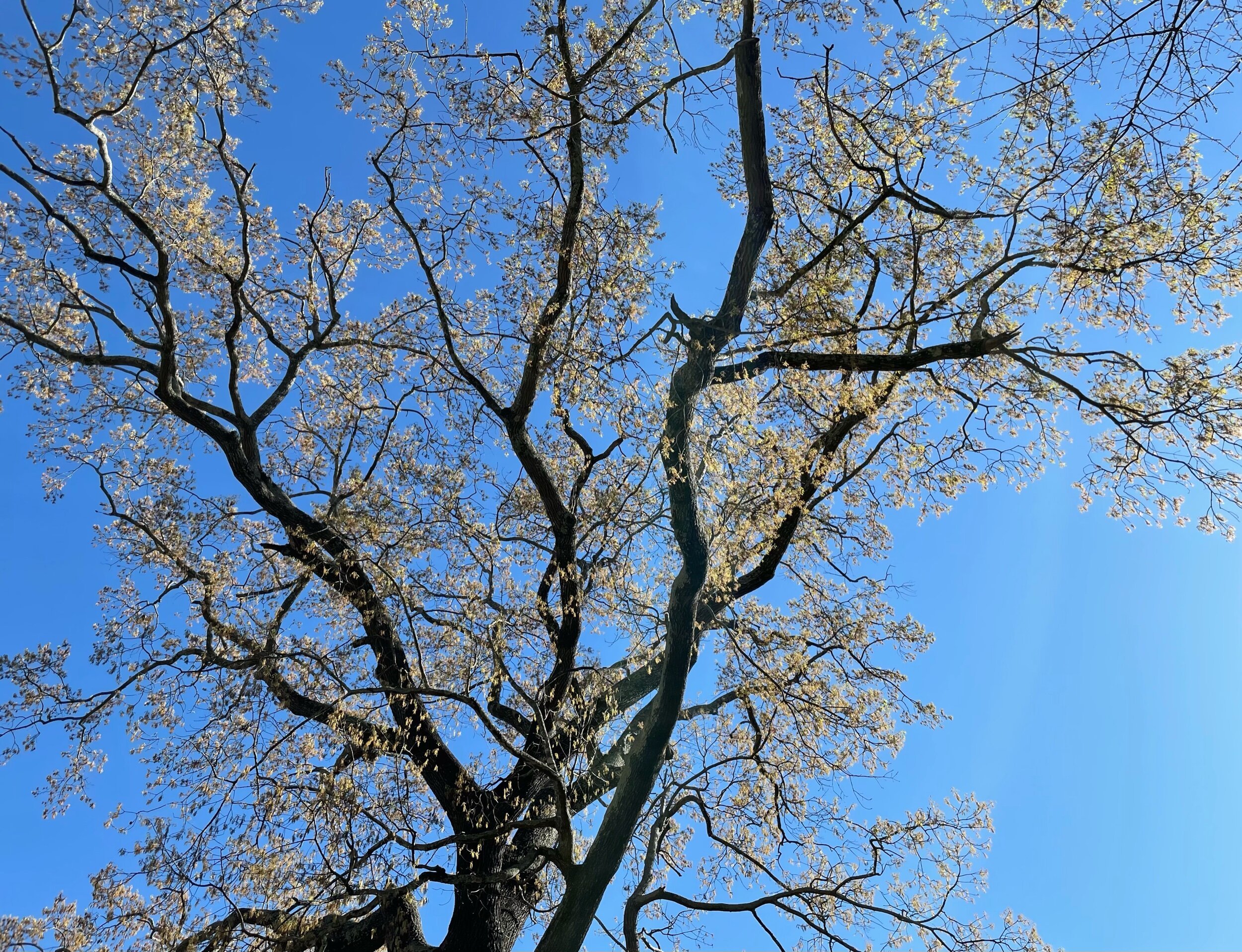East and West
One of the ironies for many Westerners learning China-rooted spiritual practices is that they are by far least interested in the most material, tangible, empirical elements, which one would think are the more West-friendly parts. (This was me, for a while.)
Separation into “material” and “spiritual” is foreign to these practices, of course. That’s the funny part. Westerners are driven to them from a fundamentally materialistic world. They’re looking for the spiritual complement to that, to be made whole. (Hint: They already are.)
Initial study of Daoism, Zen, or whatever overarching China-rooted discipline one finds in the first pass at the bookstore is concerned with metaphysics: nonduality, no-self, impermanence, emptiness, and so forth. The stuff that makes it sound like “the world” is “an illusion.”
But as implied by the very non-separation into “spiritual” and “material” that should be obvious from that reading (blame language/translation in many cases), that’s the wrong conclusion. Whatever “the world” may “be” (doesn’t matter), it is what the teachings describe.
Indeed, these different metaphysics require different physics; that’s one of the obstacles to Westerners getting it. We know what “the world” is. We want to know what else is going on. That is, something’s missing. But it doesn’t occur to us to look right where we are.
The body. The Western atomic view separates body from world just like every other particle is a tiny speck separated from the next by vast “space.” But the Dharma is that the body is where we are in “the world” in a sense no different from our geographic location.
There are human constructs that locate us in human ways, but there are also land and sky and Moon and stars and weather and ecology and dandelions on the hillside and rabbits in the underbrush, and your body sitting in the grass. Is that The Truth? No. Is it an illusion? No.
The part Westerners so often fail to really look at is the non-separation of the body and the world. That of body and mind can be observed and remembered as a principle, but it’s not as surprising. But it can’t be known until the bodymind’s non-separation from the world is known.
How is it known? Through the very senses that are always our interface with the world, no matter how we understand it. When we do the practices that are non-separate from these teachings, we realize thought is a sense — one of them — and that the Dharma is sensed.
What do we sense? That matter is energy, energy is matter. Absolutely relatively absolute relativity. Einstein is Buddha. While the conceptual distance is vast, the real distance between East and West is not a long walk. It’s just turning around.
We are a moving position excited by a living energy leaping out of nothingness into relationship with everything, and back in. Physics has many names for it. Religion has many more. Call it qi for short. Of course we can feel it. It is feeling. Truth is not for us. It is us.
